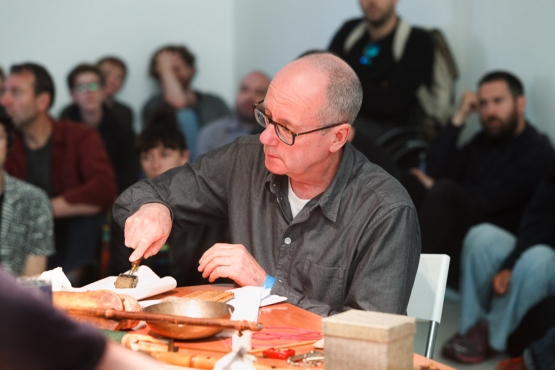All of these reversals are exercises in how to move across boundaries of practice, how to collaborate, to improvise, to perform without performing, to listen as a ritual without sound. Food and time will be important, along with foraging for sound, learning to work with materials and durations, inventing instruments that are not instruments, listening, reading/writing sessions and collaborative actions.
1 Dorothy Richardson, Deadlock (from Pilgrimage) 1921.
David Toop is a composer/musician, author and curator based in London who has worked in many fields of sound art and music, including improvisation, sound installations, field recordings, pop music production, music for television, theatre and dance. He has recorded Yanomami shamanism in Amazonas, appeared on Top of the Pops, exhibited sound installations in Tokyo, Beijing and London’s National Gallery, and performed with artists ranging from John Zorn, Evan Parker, Bob Cobbing and Ivor Cutler to Akio Suzuki, Elaine Mitchener, Lore Lixenberg and Max Eastley.
